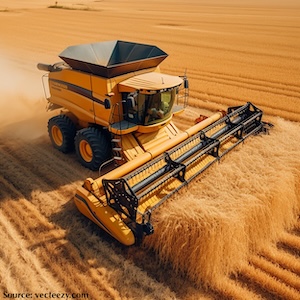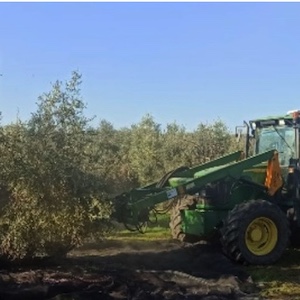Original Articles
31 December 2009
Vol. 40 No. 4 (2009)
A NOVEL, AIR-ASSISTED TUNNEL SPRAYER FOR VINEYARDS: OPTIMIZATION OF OPERATIONAL PARAMETERS AND FIRST ASSESSMENT IN THE FIELD
Publisher's note
All claims expressed in this article are solely those of the authors and do not necessarily represent those of their affiliated organizations, or those of the publisher, the editors and the reviewers. Any product that may be evaluated in this article or claim that may be made by its manufacturer is not guaranteed or endorsed by the publisher.
All claims expressed in this article are solely those of the authors and do not necessarily represent those of their affiliated organizations, or those of the publisher, the editors and the reviewers. Any product that may be evaluated in this article or claim that may be made by its manufacturer is not guaranteed or endorsed by the publisher.
2565
Views
768
Downloads














